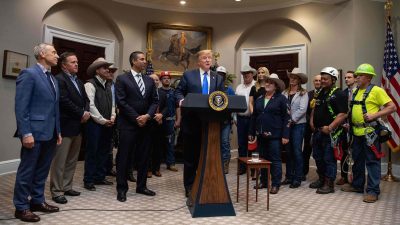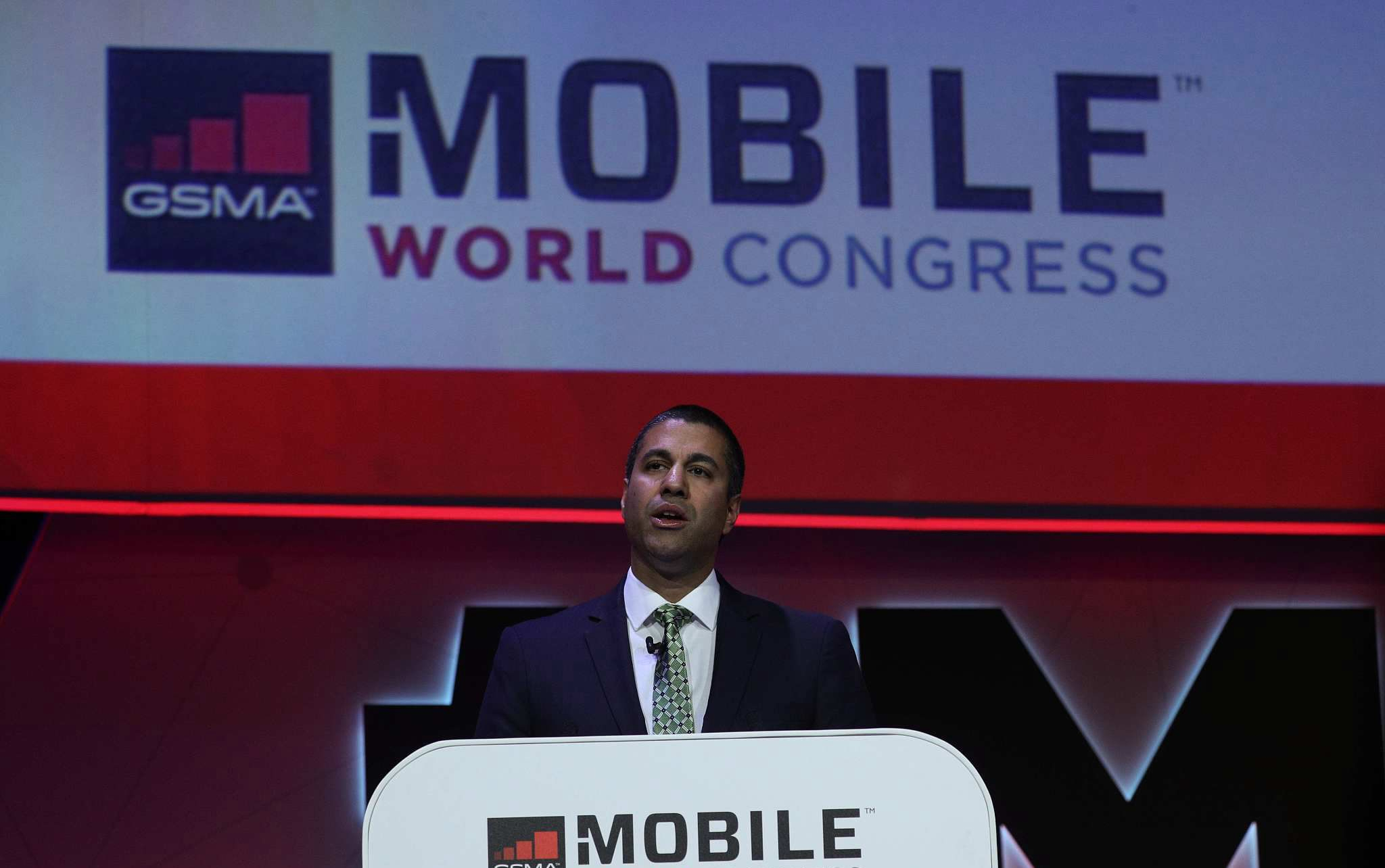5G and the US-China Trade War: Washington Pressures Telecom Firms Selling 5G Equipment in US “To Move Their Production out of China”

The Wall Street Journal reported on Sunday that the Donald Trump Administration is considering requiring any telecommunications firms that want to sell their 5G equipment in the U.S. to move their production outside of China.
The article says that the basis for this possibly forthcoming decree is the Executive Order that President Trump signed last month, which gives the Commerce Department until October to issue new rules in this respect. If true, then this is nothing short of a scheme to shake up the global supply chain, a U.S. gamble which will fail.
It can be argued that the entire trade war was initiated on this basis, with the U.S. imposing high tariffs on Chinese-produced goods in order to encourage this development. The zero-sum expectation was that companies in a complex relationship of economic interdependence with one of the world’s largest marketplaces would leave China in order to protect the profits that they’re making in the U.S. From an American strategic standpoint, this plot was thought to reduce China’s economic growth if enough companies left the country, but that evidently hasn’t been happening at the scale that they predicted which is why the U.S. is reportedly considering imposing new rules on the import of certain categories of equipment.

The Second Belt and Road Forum for International Cooperation is held in Beijing from April 25 to 27. /CGTN Photo
5G technology is being exploited as the example to roll out what might be a new far-reaching policy of restricting imports on unproven so-called “national security” pretexts, with the precedent that could be established then being applied against an untold number of other products as well.
In preparation for this, the U.S. is trying to clinch trade agreements with possible re-offshoring destinations like India in order to facilitate the export of these formerly Chinese-produced products into the American marketplace on favorable terms akin to the ones that China used to enjoy before the trade war. For as ambitious of a plan as this may be, it could not realize its ends.
Just as many companies are in a relationship of complex economic interdependence with the U.S., so too are many of them in the same one with China, and America’s efforts to force them into making an artificial zero-sum choice between the two are an unnatural manipulation of market forces via tariffs and the aforementioned new import rules that are reportedly being considered.
Ideally, all companies would like to maximize their profits by selling to both of these leading markets, which is why they’re trying to find workarounds to Trump’s plans in order to avoid a disruption of business with China. It’s here where the Belt and Road Initiative (BRI) can play an important role in helping both companies and countries balance between the two.
China has reached preferential trade agreements with many of its BRI partners, most of which aren’t restricted from selling to the U.S. through the imposition of high tariffs and restrictive import rules such as the ones reported upon by The Wall Street Journal.
Image on the right: U.S. Federal Communications Commission Chairman Ajit Pai delivers a keynote speech at the Mobile World Congress in Barcelona, Spain, February 26, 2018. /VCG Photo

As such, companies looking to avoid the U.S. economic penalties against Chinese-produced goods yet still wanting to continue conducting business with the country could conceivably re-offshore to these said BRI countries, which would allow them to trade with both the U.S. and China while simultaneously contributing to the development of the mostly developing countries into which they’d be investing.
Pakistan, which hosts BRI’s flagship project of the China-Pakistan Economic Corridor, might be an attractive destination since it enjoys excellent trading ties with both the U.S. and China, as could Kenya, for instance.
The Trump administration’s intent in the trade war is to inflict damage on China’s economic interests, but the invisible hand of the market and the profit-driven motivations of the pressured companies could see this scheme fail by the development of Beijing’s BRI partners and the resultant strengthening of its visionary Silk Road system instead of only benefiting the U.S. and its allies.
Therefore, the U.S. efforts to shake up the global supply chain might not succeed in the end.
*
Note to readers: please click the share buttons above or below. Forward this article to your email lists. Crosspost on your blog site, internet forums. etc.
This article was originally published on CGTN.
Andrew Korybko is an American Moscow-based political analyst specializing in the relationship between the US strategy in Afro-Eurasia, China’s One Belt One Road global vision of New Silk Road connectivity, and Hybrid Warfare. He is a frequent contributor to Global Research.
All images in this article are from CGTN

